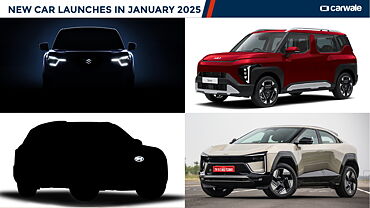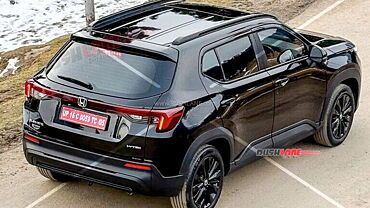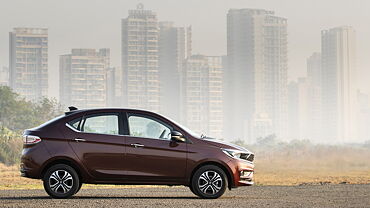
The Skoda VisionC design concept made its presence felt at the ongoing Motor Show, making other manufacturers turn green with envy. Something that can also be attributed to the green colour it sported on the dais at the Motor Show.
The company has revealed that this concept, Skoda’s first ever coupe, is an important part of their new design language. Similarities are being drawn with the Audi type grille, but that is where it ends. In terms of design, it looks expressive, dynamic and stylish. The grille is much broader and flatter than previously seen on Skoda cars and adding to the powerful front look is the distinctive shape of the headlamps with a tapering triangular form. The front also features a large air inlet, its bonnet is elongated, extending in a slight arc from the A-pillar through to the transition between headlamps and radiator grille.

Coming to the rear, the new tail light design makes it stand out. The C-shaped lights, a typical Škoda form, are divided into two parts, with the C being separated horizontally through the middle. The upper part is in the tailgate, housing all the lighting functions. The lower part of the C is formed by the reflector elements (cat’s eyes) inset into the bumper.
The design language from the exterior is carried into the interior as well. The features include a recurrent elegant interplay of convex and concave surfaces, precise lines and the use of top quality, materials. The dashboard gets a touch screen multimedia screen, while the infotainment system is an impressive one catering to all four passengers.
Space is something that Skoda has always been adept in. This concept too is no different. The car has plenty of space for four people and their luggage. In addition, the MQB technology, a close-to-production drive system, lightweight and optimised aerodynamics just enhances its features.

Its powerhouse is an interesting part. It houses an up-to-the-minute and state-of-the-art bivalent 1.4 TSI/81kW CNG and petrol turbo engine which sees the vehicle doing a maximum speed of 214 km/h. In CNG mode, the vehicle only consumes merely 3.4 kg or 5.1 m3 natural gas per 100 kilometres, corresponding to a CO2 output of just 91g.
Not much is known about the concept apart from the surface details, when will it enter production form or is it just a study we cannot say. But this being Skoda’s first attempt at a coupe, things are likely to proceed in the production direction.

































